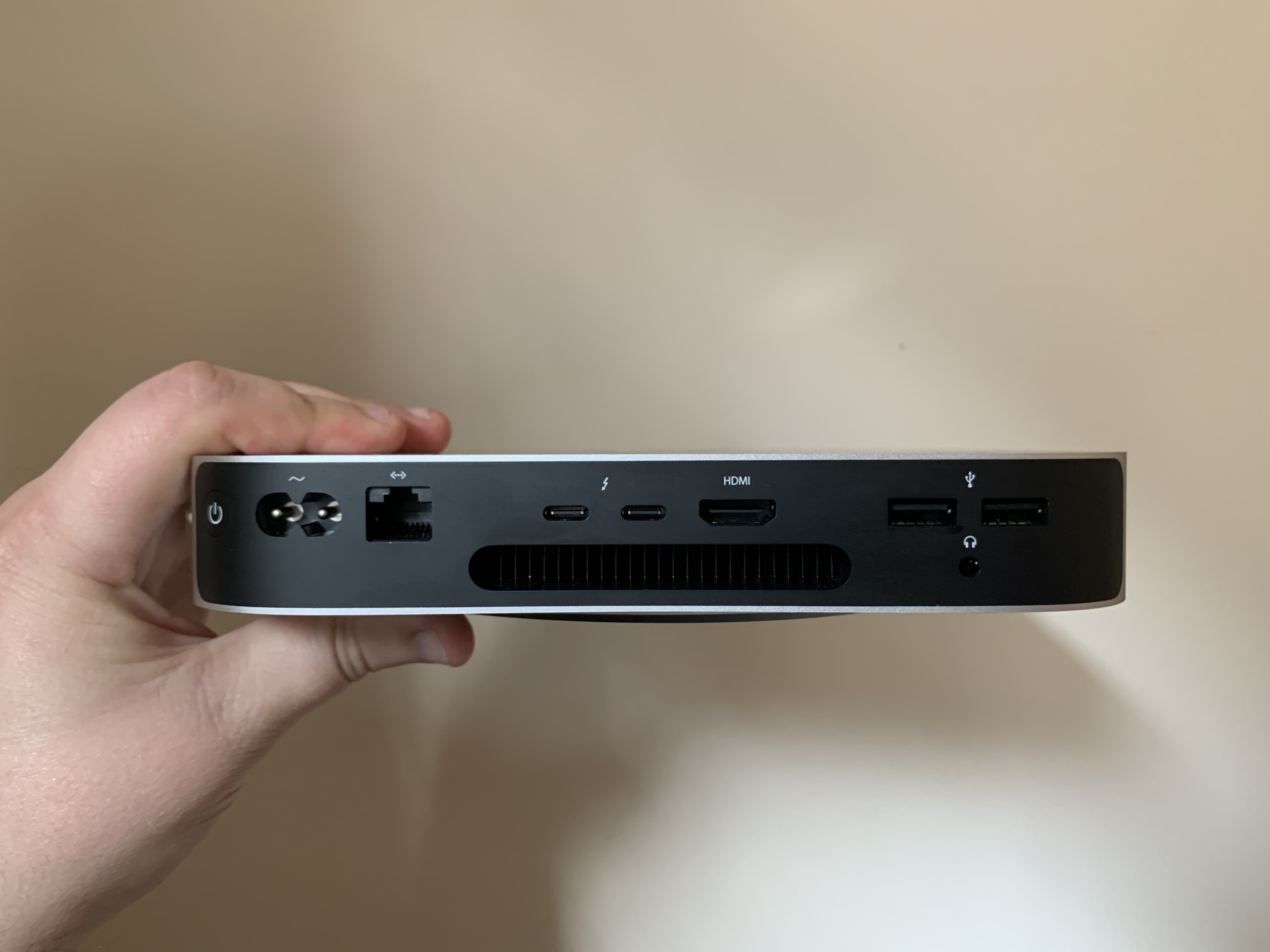The crossover frequency of your subwoofer is the frequency at which your speakers start to roll off and your subwoofer kicks in with LFEs and bass notes. Most modern AV receivers feature an auto EQ program that will assign the proper crossover frequency automatically based on the capabilities of your loudspeakers. It’s generally best to leave these settings where they are. If you’re using. This type of subwoofer crossover resides on a PC or Mac and is performed by playback software such as JRiver Media Center or Pure Music. Both have decent onboard crossover functionality that is sufficient to get good integration. Since you have split the left and right signals inside the computer you now need a multi-channel DAC to feed your. Our customers are our biggest supporters. CrossOver Mac and CrossOver Linux have helped hundreds of thousands of people run Windows software on Mac and Linux worldwide. See what people who have actually purchased and used CrossOver think. They say great things. Have something nice to say about CrossOver, email us, we’d love to hear from you.
Audio MIDI Setup User Guide
Use Audio MIDI Setup to set up audio input and output devices, such as microphones and multichannel audio interfaces. You can also use it to route audio from iOS and iPadOS devices directly into your Mac.
Available settings in Audio MIDI Setup depend on the audio device you’re using. For example, you can adjust the volume for each channel your audio output device has available.

Setting Crossover Mac Multi Output Device
Connect your audio devices to your Mac and, if necessary, install any software included with the devices.
In the Audio MIDI Setup app on your Mac, in the sidebar of the Audio Devices window, select a device.
Note: For iOS and iPadOS devices, first click Enable, then select the device. You may be asked to unlock your device with a passcode or to trust the device.
Control-click the device, or click the Configure Selected Device pop-up menu at the bottom-left of the sidebar, then choose how the device is going to be used:
For sound input: Choose Use This Device for Sound Input.
For sound output: Choose Use This Device for Sound Output.
For playing system sounds: Choose Play Alerts and Sound Effects Through This Device.
On the right side of the Audio Devices window, choose the options available for the device you selected:
In most cases, “Clock source” is set to the default.
Click the Format pop-up menu, then set the sample rate and bit depth. Make sure they match the appropriate settings for your audio device.
If your Mac supports the hardware sample rate converter, the Hardware Rate Converter pop-up menu is available in the Input pane. When you choose Automatic from the pop-up menu, the hardware sample rate converter is turned on if the audio samples coming in are PCM and formatted according to the international standard IEC 60958-3. The hardware sample rate converter is turned off if the input stream is encoded. You can also choose Enable or Disable from the menu, to keep the hardware sample rate converter turned on or off.
If software volume control is available for your device, the Volume sliders appear blue to indicate that they’re active. Drag the sliders to set the volume for each channel.
To set up a surround (multichannel) speaker configuration, click Configure Speakers, then set up the configuration.

